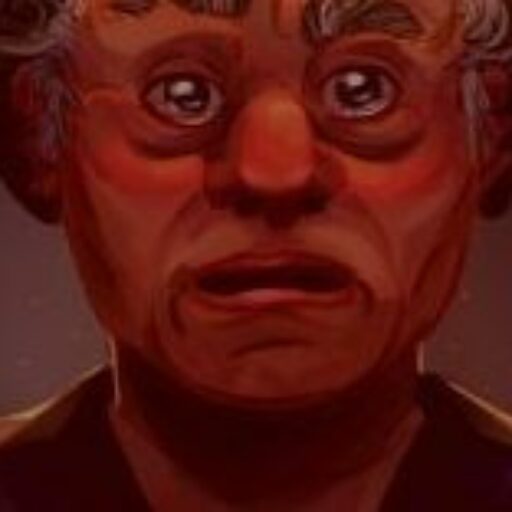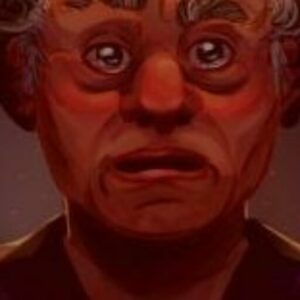“Unraveling the Mystery: What Really Caused the Sudden Disappearance of the Mighty Mayans?”
Have you ever pondered how whole civilizations can just up and disappear, leaving behind only ghostly cities and crumbling structures? It sounds like the plot of an adventure movie, doesn’t it? Well, the Mayans, one of history’s most intriguing peoples, provide a living example of this phenomenon. Once sprawling across what’s now Mexico and Central America, their cities once buzzed with life—until they weren’t. Over a few centuries, their impressive urban landscapes became silence-cloaked relics, abandoned and overrun by the jungle. Of course, they didn’t vanish entirely; millions of Mayans continue to thrive today, carrying forward their rich heritage amid modernity. But the mystery of why such a powerful civilization saw its grandeur fade away remains captivating. What were the straws that broke the camel’s back? Climate change, political unrest, overpopulation, or perhaps a mix of malfunctions that unraveled this complex society? Join me as we dive into this historical enigma and explore the various theories that attempt to explain this dramatic collapse. LEARN MORE.
Many civilisations have been and gone on this planet, and among those which faded into the annals of history are the Mayans.
For a time their civilisation spread across much of what is now Mexico and Central America, but over the course of a couple of centuries their mighty cities emptied and their landmarks were abandoned.
Significant swathes of Mayan territory were abandoned across the 8th and 9th centuries and as a civilisation they never recovered.
Of course the Mayans never completely vanished, but in this time period their strength was diminished and they did not regain the prominence they once enjoyed before Spanish Conquistadors showed up and conquered them.
Even then the Mayans as a people still persisted and there are still millions of them living in the Americas.
Over the years many have wondered how large chunks of a mighty civilisation could appear to vanish, abandoning their cities and leaving behind more questions than answers.
There have been several theories posited over the years, some of which we will run through here.

There are a number of theories as to what happened to the Mayans (Geography Photos/Universal Images Group via Getty Images)
Power struggles
To think of the Mayans as one unified, centralised empire would be a mistake.
The people we refer to as Mayans would have experienced rivalries and struggles over the time their civilisation was at its height.
According to National Geographic, one of the more prosperous parts of the civilisation was situated where Cancún, Mexico, is located these days.
However, archaeologists have not managed to date inscriptions on their monuments to beyond 800AD, which some think suggests the area was attacked and overrun.
The apparent lack of new monuments and buildings in Mayan settlements at around this time indicates that there weren’t people living in these places beyond a certain point.
If some cities fell to power struggles and were abandoned then nature moved in and took the space back, resulting in overgrown ruins where once many people lived.

Many archaeological studies found that construction and carvings in many Mayan cities stopped after a certain time, indicating these places were abandoned (Geography Photos/Universal Images Group via Getty Images)
Overpopulation
Another theory has suggested that overpopulation in the Mayan civilisation reached a point that there were more people than could be provided for.
At the beginning of the ninth century the Mayan city of Tikal is thought to have had around 50,000 inhabitants, which researchers suggest would have been a high number of people to feed and provide for.
People may have moved away from some of the larger cities in search of places where the drain on resources was not so great, though that would not explain why some entire cities were left abandoned.
.jpg)
The cities remained, but those who called them home had vanished (Geography Photos/Universal Images Group via Getty Images)
Drought
Studies on the climate at around the time of the Mayan collapse suggest that climate change may have played a part.
One study found that cutting down trees to make room for farms and agriculture, possibly to feed a growing population, led to deforestation.
Fewer trees in the area reduced the land’s ability to absorb solar radiation, which in turn led to less water evaporating in the area to produce fewer clouds and less rain.
Less rain could have led to droughts, crop failure and the inability to produce enough food to sustain the populations of the grand cities.
With less food to sustain them it wouldn’t be surprising if many moved away from the affected areas, resulting in them having ‘vanished’ from the old structures of Mayan civilisation and leaving them for nature to reclaim.

The Mayans as a people never fully vanished, they’re still around today (Alex Pena/Anadolu via Getty Images)
Political unrest
National Geographic suggests that other areas of Mayan civilisation experienced a dramatic decline in the 11th century, with the city of Uxmal found to have works left unfinished and the place declining while nearby Chichén Itzá expanded.
With some cities seemingly abandoned and territory abandoned some major arteries of Mayan civilisation were cut and the political ramifications of this may have been significant.
Other parts of the Mayan world may have struggled to carry on as the loss of swathes of civilisation punched holes in the complicated mix of their society until it no longer functioned.
The Mayan decline meant they were not in a situation to repel invasion and colonisation by the Spanish centuries later.
Once again they never fully vanished and there are still Mayans around today, but it is fascinating to look into the reasons why entire cities were seemingly abandoned.












